Search for cities, countries, lakes and rivers
Barents Sea
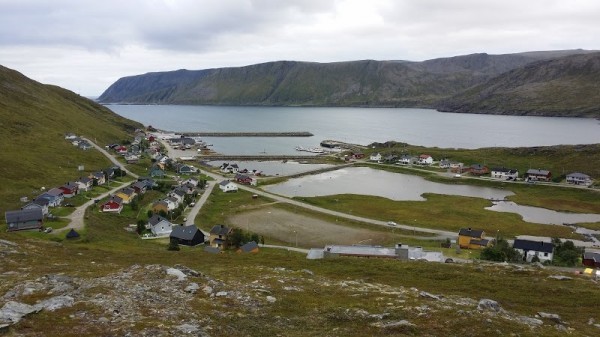
Skarsvag, Norway © Knut Arve Isaksen
Barents Sea Water Temperature: Current & Historical Data for Coastal Resorts
We find every spot where you can swim and tell you what the water temperature is there today and throughout the year
Current water temperature
35°F
minimal
42°F
average
46°F
maximum
Graph of Water Temperature Changes in the Barents Sea Over the Last 60 Days
Water temperature in the Barents Sea by month
| Month | Minimum | Maximum |
|---|---|---|
| January | 28°F | 45°F |
| February | 28°F | 43°F |
| March | 28°F | 45°F |
| April | 27°F | 43°F |
| May | 27°F | 46°F |
| June | 30°F | 52°F |
| July | 34°F | 57°F |
| August | 37°F | 55°F |
| September | 34°F | 54°F |
| October | 32°F | 52°F |
| November | 30°F | 48°F |
| December | 30°F | 48°F |
What is known about the Barents Sea?
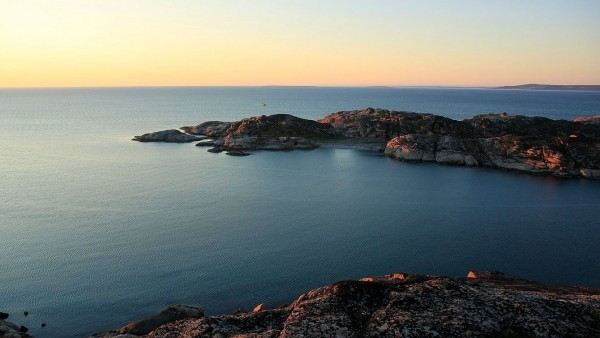 Russia © www.dive.ru
Russia © www.dive.ruThe Barents Sea, located off the northern coasts of Norway and Russia, is known for its cold and icy waters, particularly in the winter months. Water temperatures in the Barents Sea typically range from 28–34°F (-2–1°C) during the winter, making it extremely cold and unsuitable for most forms of recreational swimming. In the summer months, the temperature rises slightly, averaging around 39–46°F (4–8°C), but it remains chilly and can be uncomfortable for casual swimmers. Despite the cold temperatures, the sea's unique position offers opportunities for other activities like fishing and wildlife viewing, rather than beachside recreation.
Due to the cold conditions, swimming in the Barents Sea is not a common activity, and those who choose to do so must be prepared for extremely cold temperatures. Even during the summer, the water remains freezing for extended periods, and swimming for extended periods could pose serious health risks such as hypothermia. However, some adventurous swimmers, particularly those interested in cold-water diving or extreme challenges, might attempt brief immersions. Still, it's always recommended to exercise caution and consult local guides about potential dangers in this challenging environment.
The Barents Sea is more famous for its remote and rugged beauty than for its opportunities for traditional beach activities. The surrounding coastal areas, such as the Norwegian and Russian Arctic regions, offer stunning landscapes and opportunities for nature lovers, but it is essential to recognize the harsh conditions of the sea when considering any water-based activity.
List of Countries Bordering the Barents Sea
Popular Resorts of the Barents Sea with the Warmest Water Today
Popular Resorts on the Barents Sea Coast
- Murmansk, Russia
- Longyearbyen, Norway
- Gadzhiyevo, Russia
- Teriberka, Russia
- Skarsvag, Norway
- Vidyayevo, Russia
- Barentsburg, Norway
- Polyarnyy, Russia
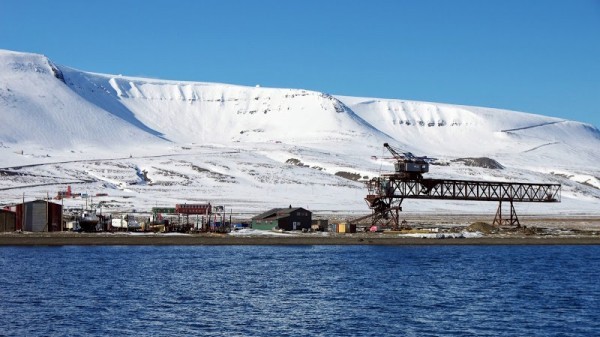
Longyearbyen, Norway © Per Øivind Larsen
Nearest Seas and Oceans
Frequently Asked Questions About the Barents Sea
What is the water temperature in the Barents Sea right now?
The water temperature in the Barents Sea today ranges from 36°F (2°C) in Longyearbyen (Norway) to 46°F (8°C) in Skarsvag (Norway).
Is it possible to swim in the Barents Sea?
Swimming in the Barents Sea is possible, but the cold temperatures make it challenging and suitable only for those who are well-prepared for extreme conditions.
In which month does the Barents Sea have the highest and lowest water temperatures?
The highest water temperature in the Barents Sea occurs in July, reaching 57°F (14°C), while the lowest is in April, dropping to 27°F (-3°C).
Is the Barents Sea colder than the White Sea?
Yes, the Barents Sea is slightly colder than the White Sea, as its average annual water temperature is 39°F (4°C), while the White Sea's is 41°F (5°C).
Which countries are washed by the Barents Sea?
The Barents Sea washes Russia, and Norway.
Do you have any extended or additional information about the Barents Sea?
The Barents Sea is the marginal sea of the Arctic Ocean. It washes the shores of Russia and Norway. The sea is limited to the northern coast of Europe and the Svalbard archipelago, Franz Josef Land and Novaya Zemlya.
The sea is located on the continental shelf. The southwestern part of the sea does not freeze in winter due to the influence of the North Atlantic Current. The southeastern part of the sea is called the Pechora Sea. The Barents Sea is of great importance for transport and for fishing - there are large ports - Murmansk and Varde (Norway).
Climate The climate of the Barents Sea is influenced by the warm Atlantic Ocean and the cold Arctic Ocean. Cloudy weather prevails over the sea throughout the year. Annual precipitation ranges from 250 mm in the north to 500 mm in the southwest.
Do you have a few more photos of the the Barents Sea?
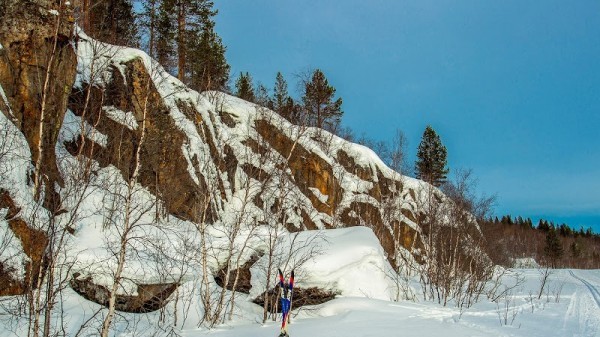
Murmansk, Russia © Наталья Ермохина
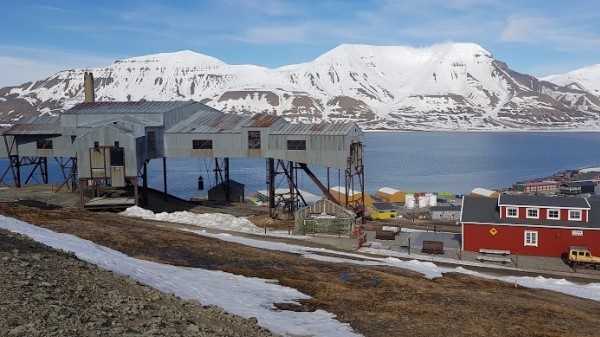
Longyearbyen, Norway © Ane Netland Rolland
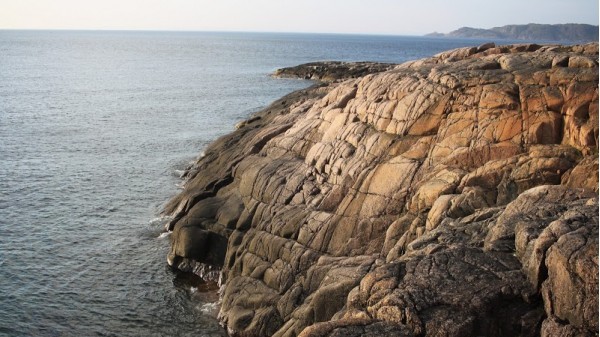
Teriberka, Russia © Eugeniy L
